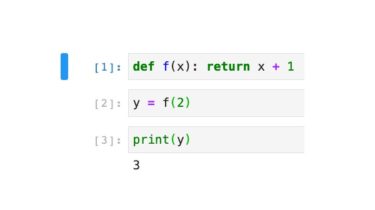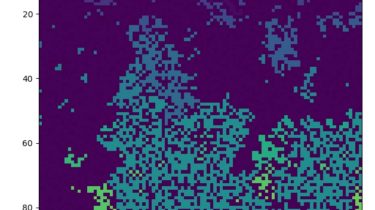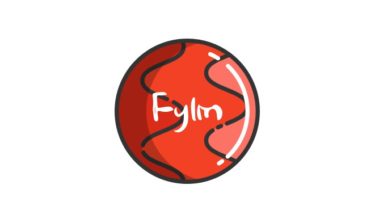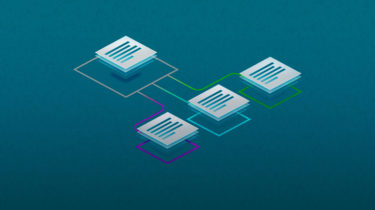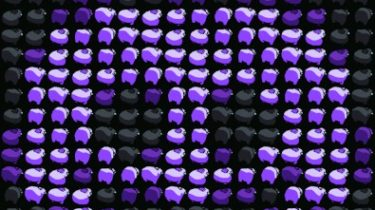Privacy-Preserving Federated Learning Applied to Decentralized Data
federated federated is the source code for the Bachelor’s Thesis. Privacy-Preserving Federated Learning Applied to Decentralized Data (Spring 2021, NTNU) Federated learning (also known as collaborative learning) is a machine learning technique that trains an algorithm across multiple decentralized edge devices or servers holding local data samples, without exchanging them. In this project, the decentralized data is the MIT-BIH Arrhythmia Database. Features ML pipelines using centralized learning or federated learning. Support for the following aggregation methods: Federated Stochastic Gradient Descent […]
Read more



